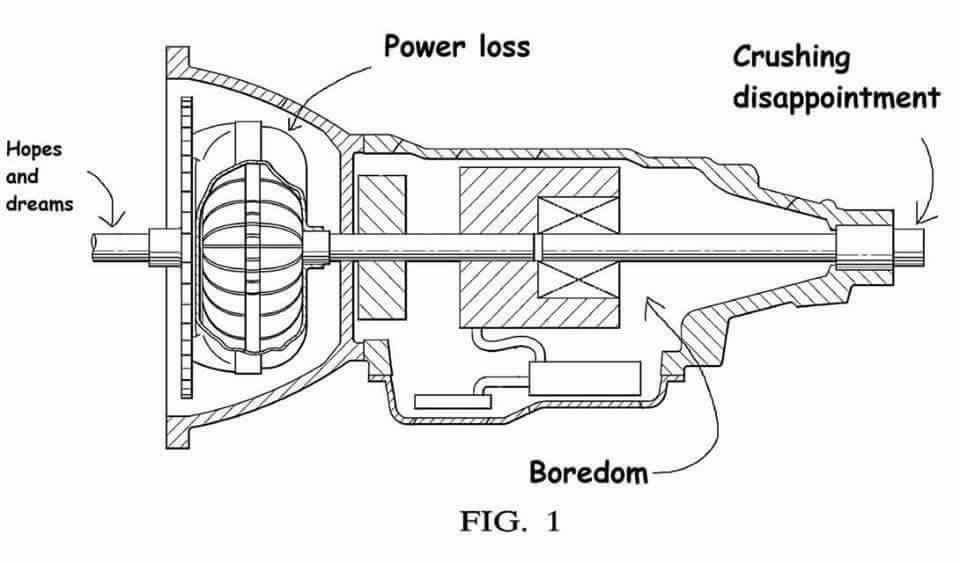How Auto and Manual Transmissions Differ
We Know You Already Know This, but It’s Always Cool to See the Transmission’s Inner Workings From a New Perspective
There are few automotive enthusiasts more familiar with the mechanical workings of their automobiles than Jeep folk. Likely you’ve already had your gearbox out of your Jeep to rebuild it. Perhaps you’ve even conducted emergency repairs out on some desolate trail. But for those of you who don’t know, this rudimentary video gives you the basic idea of how manual and automatic transmissions operate.
The Learn Engineering video above begins with an overview of manuals. This covers the various requirements of input, intermediate, and output shafts, and how those connections are made. Then it shows how the baton is passed between gears, why you have to press the clutch when doing so, and the purpose of an operating sleeve and synchronizer ring.
CHECK OUT: What Forum Members Are Saying About This Vid

Things get a bit more complicated when they move on to automatics. This time the gear pairs and shafts are thrown out, and you’re introduced to sun gear/planetary gear/ring gear sets. If this part gets too complicated for you, simply refer to Figure 1.
The video does, at the very end, discuss the various benefits of an automatic transmission. This includes smoother shifting and shorter power-interruption. But manual transmissions tend to be more durable. And they definitely employ much simpler mechanisms. For these reasons, we prefer manual Jeeps. But to each their own.
